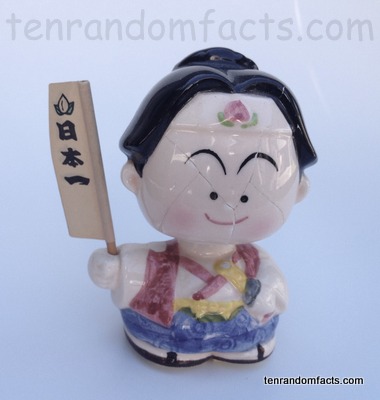A bobbling bobblehead catches your eye.
- Bobbleheads are novelty toys, usually consisting of a figurine with a bouncy or wobbly head.
- A ‘bobblehead’ is also called a ‘bobbing head’, ‘wobbler’, ‘nodder’, ‘nodding doll’ and ‘nodding head’.
- Typically, bobbleheads have a body with a head attached to a spring, which bobs or wiggles when it is touched or moved, and sometimes the head is disproportionate to the body.
- Depictions of people are most commonly made into bobbleheads, the majority of which are important figures, such as politicians, musicians or sportsmen, while custom designs and animals are also available.
- Bobbleheads are believed to have originated in China, and they first arrived in Europe around the 1760s; while a depiction of two Chinese ones can be seen in the background of the 1765 painting Queen Charlotte in Her Dressing Room by Johann Zoffany.
- Original bobblehead designs from China portrayed Chinese people in a lifelike manner, while early European designs of the 1800s included animal forms, as well as humans.
- Bobbleheads have been made from porcelain and other ceramics, metal, wood, resin, clay, paper-mâché, and plastic, while cheaper materials and processes, have allowed for mass production of the toys.
- Over the past century, a wide variety of bobbleheads have become available, many of which have become valued collectible items, with sporting team ones reaching significant popularity in certain decades.
- Bobbleheads are commonly distributed for promotional purposes, especially in the United States, often as free merchandise, especially to encourage support for sporting teams.
- As of April 2016, the largest bobblehead officially recognised by the Guinness World Records was 4.69 metres (15.4 feet) in height, and it was a depiction of a St Bernard dog; the mascot of the Applied Underwriters insurance company, in the United States’ Orlando.





